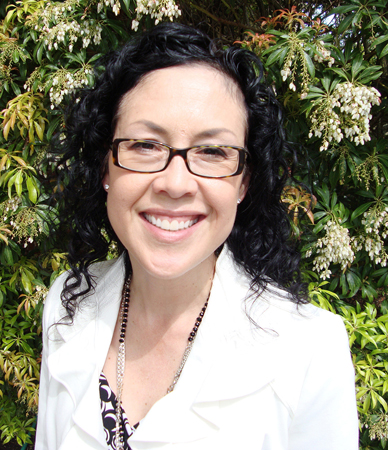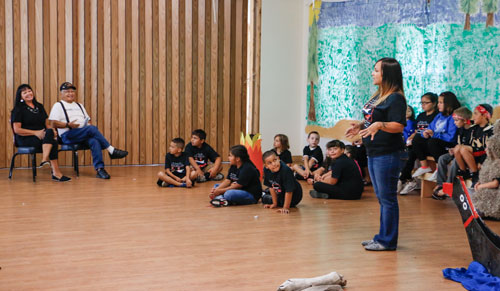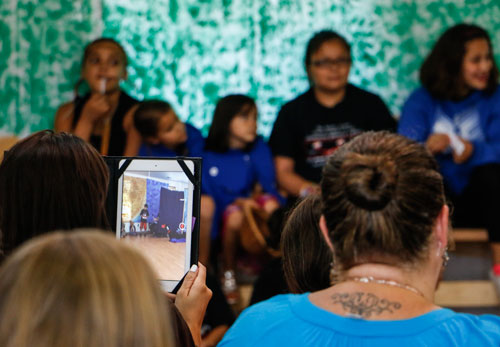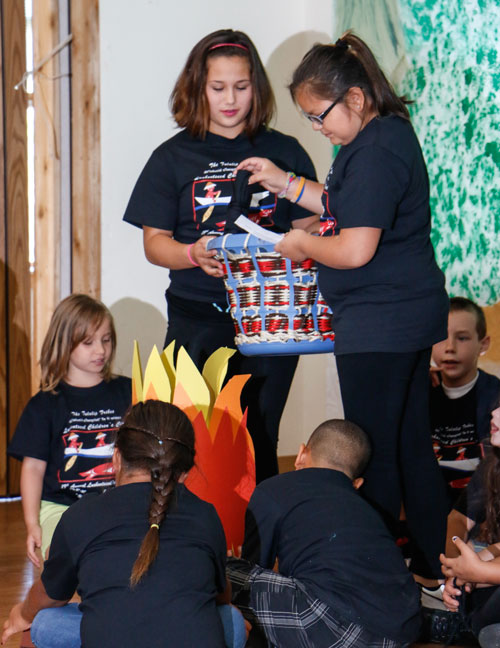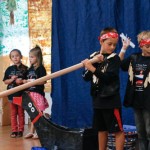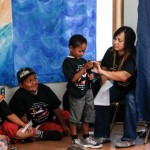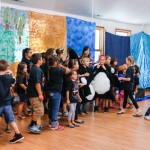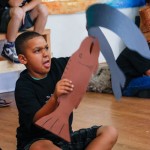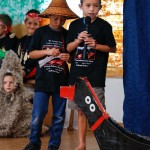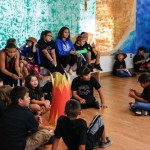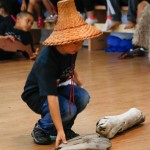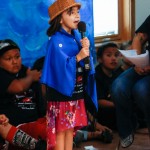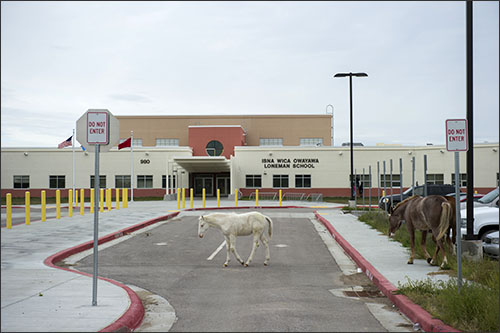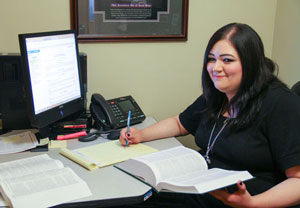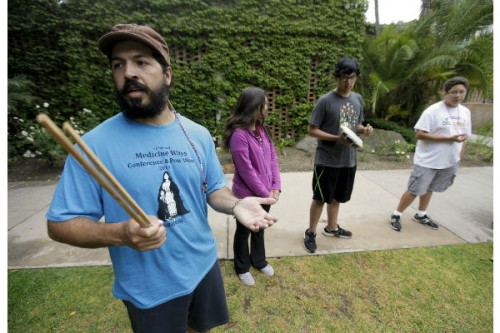By: Andrea Kelly, Arizona Public Media
University of Arizona master’s student Aurora Trujillo is a member of the Taos Pueblo nation in New Mexico, a full-time resident of Tucson during the school year, and is working at an internship in Montana this summer.
She is representative of other young adults who do not live on the tribal reservation land of their native nation, and two UA researchers are hoping to find out how people in a similar situation stay connected with their culture.
Jennifer Schultz and Stephanie Rainie are asking 18- to 29-year-olds from Indian Country to share information about their off-reservation lives. They work at the Native Nations Institute at the UA. The institute’s projects aim to study tribal governance and share adaptable models of success among various tribes.
They chose the topic of study after hearing tribal leaders express an interest, Rainie said.
“Trying to engage those citizens and seek their input and have them be viable, active members in the community, even when they’re gone is something that a lot of tribal leaders have been thinking about,” she said.
People in the age range the two hope to hear from are making important decisions, and will shape the future of their native nations, Schultz said.
“The period between the ages of 18 and 29 is really important for identity formation, for making choices about life partners, for making choices about jobs, for choosing where you’re going to live, ultimately,” she said.
More than 50 percent of the country’s native population does not live on reservations, Schultz said.
“Over the past several decades, native nations have made a lot of great strides culturally, economically, and in other respects,” she said. “One of the questions we still don’t know a lot about is the experience of tribal citizens, especially young people, and it continues to be a population of great interest to tribes.”
While the study has a specific focus: young adults’ connection, or lack of, to native lands, the goals are broad and will inform other research, Schultz said.
“This project was developed to serve the needs of native nations by facilitating the exchange of ideas, stories of what’s working and to basically be a general resource for tribes in dealing with this issue,” she said.
Trujillo is a graduate research assistant at the Native Nations Institute. She grew up on and near the Taos Pueblo reservation, and attended Bureau of Indian Affairs schools.
This summer she is working on the Blackfeet reservation in Montana, as part of her education toward a master’s degree in public health. When she’s in Tucson for the academic year, she makes the 600-mile, 10-hour drive to her nation for ceremonies and dances.
She feels a responsibility and an honor in doing so, she said.
“Our traditions are thousands of years old and it makes me feel really good to be part of that. It makes me feel like I am connected to the land you know by blood. I feel connected even though I’m not there. I still know who I am and know where I came from,” Trujillo said.
It’s also her identity.
“It’s who I am, and it feels good to belong to that, so I want to keep it going. I like how strong it is, we’re a very traditional culture. It makes me feel good to be a part of something that’s larger than myself.” she said.
The researchers want to look beyond the state of young adults’ relationships with their tribal nations. Through follow-up interviews, Schultz said she and Raine hope to ask participants for suggestions for changes in tribal communication to improve connectedness with those living away from the reservations.
“On the one hand we hope to come up with stories of what’s working, but also stories of what might work, and utilize the creativity of these young people in the service of their nation,” Schultz said.
Academic work with tribal communities sometime lacks data, Rainie said, so the responses to these questions will inform the Native Nations Institute for a while.
“This is a start, a pilot project,” Rainie said. They are “trying to gather initial data to focus and refocus where we’re going with this project.”
One such suggestion for future projects is to help tribes find a way to improve economic opportunities for young adults, Trujillo said. The nations can be good at encouraging young people to move away for education and opportunity, but the message to come back is not as loud, Trujillo said. She said she thinks a big part of that is lack of opportunity to draw people back to their native lands.
She speaks Tiwa, the language of her Taos Pueblo. Every time she goes home, it’s a challenge to refresh her language skills, she said. The language is not written, only spoken, and she said she would like to help herself and others study it from afar.
“Maybe if we recorded some languages, you know some phrases, and sent the recording to a student or somebody who was living off the reservation and they could keep learning while they were away and then of course practice when they come back home,” she said.
The researchers are also interested in the connections young American Indians make in their non-reservation communities. Trujillo said she has formed valuable connections in Tucson, even though there are not many Pueblo Indians in town.
She said she makes those connections at the Tucson Indian Center.
“They have a walking club every Wednesday and it’s with some elderly ladies,” she said. “Even though they’re not from my tribe, it’s sort of like they fill a bit of an auntie/grandmotherly void.”
That void is notable when she is not at home in New Mexico, she said.
“I grew up surrounded by women and I feel like I need that sometimes and it feels really good to be around them,” Trujillo said.
She wants to continue to be connected to tribal lands, even if they are not the ones she experienced as a girl.
“Of course everybody wants to go back and serve their reservation, but I also feel part of the larger Indian Country community, so I’d hope that I can use my education to serve anybody,” she said.
Click here to participate in the survey.

